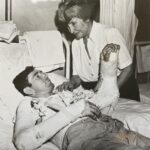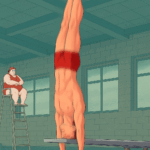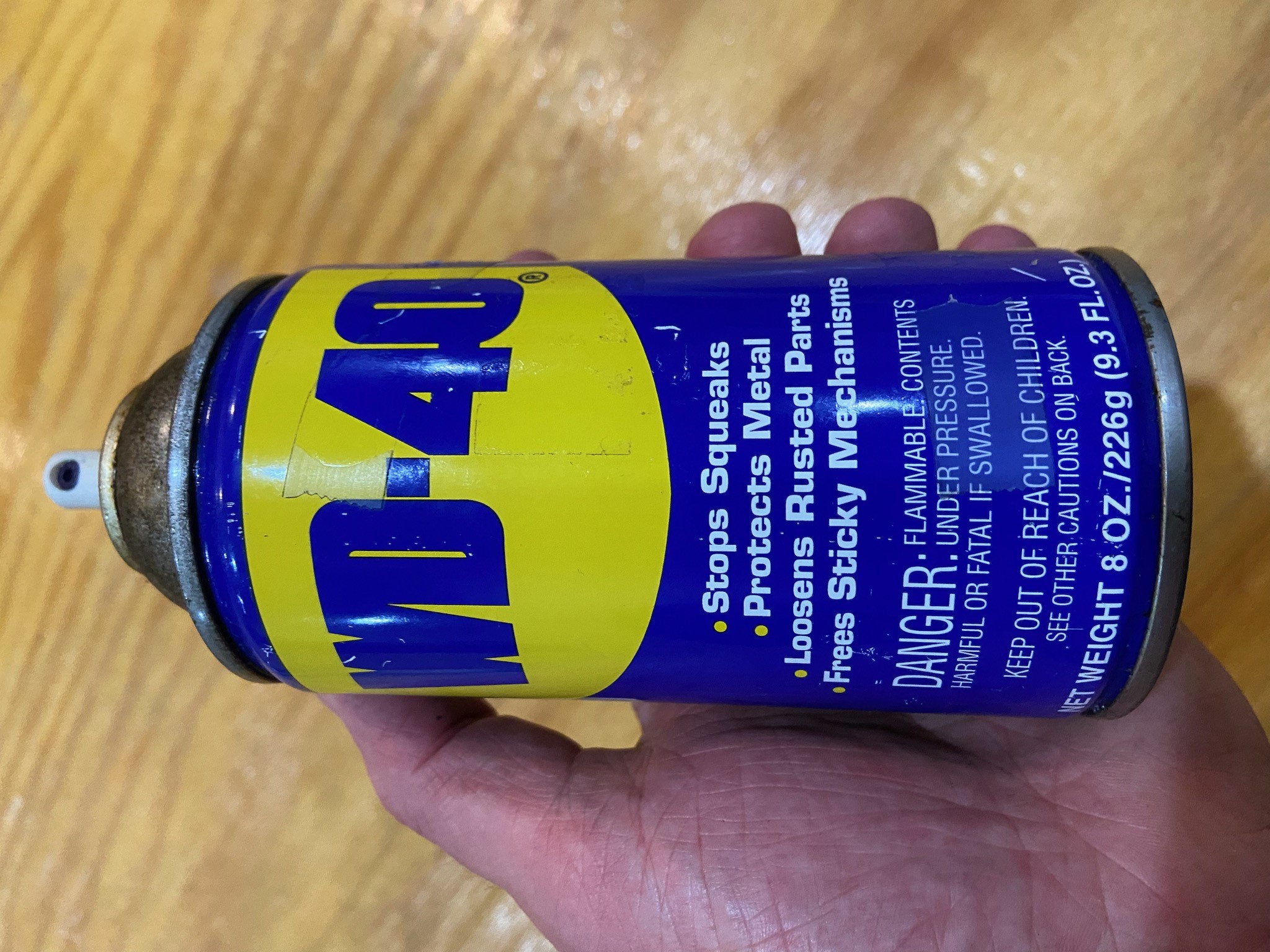Auto Worker Strike
Somber at First–Then Rotor Caps and PSI
The Michigan auto workers are on strike for the first time in many years, and I understand. Their assembly work is textbook overuse: repetitive, heavy, and continuous. How sore are their feet and backs come payday! Their cost of living is up, even as their joints are wearing down.
Some of the auto workers’ jobs entail additional serious risks. I remember one man who came into the ER at Detroit Receiving Hospital, an hour after an ill-advised evening date with a 100,000-pound stamping press. He carried with him the disconnected portion of his work glove; fused into the cloth, crushed flat, were the remnants of his four fingers.
As for those patients of mine burned with molten metal, I can barely speak of their tales. They live with PTSD and constant pain. Their scarred and grafted skin thickens; it becomes stiff and hard, despite the emollients, limiting the movement of their shoulders and their hands. Since these survivors’ grafted skin does not sweat, they can’t regulate their body temperatures. Never again can they delight in a sunny summer day.
* * *
When is it okay for comedians—or doctors—to laugh about injury? It’s not always clear. But here are five examples of the automotive and medical worlds colliding, all safe for joking.
A worker from Detroit had an eye injury on the job. He told me his ophthalmologist had assessed it and identified the problem: Cadillacs in both eyes! Good news, I said: there’s an excellent surgery for Cadillacs.
Many laborers who do heavy arm work—like changing tires—report a unique shoulder injury: a torn rotor cap. Pretty good news, I tell them: there are exercises for the muscles of the rotor cap.
One of my older patients, a mechanic by trade, had elevated blood pressure. He agreed to try oral medication. The following week he reported back: “It worked! My pressure was 200. But now it’s perfect: 130 psi.” That’s pounds per square inch. His blood pressure had dropped 70 psi.
Some patients have extraordinary courage. They fight fire with fire. What could be stronger than poison ivy covering the neck, chest, arms, and legs? Battery acid.
Last, but not least, there’s one lubricant that’s great for literally everything: WD-40. It even works for knees. One of my patients, whom I think of as Rosie the Riveter, explained it to me like this: “I just roll up my pantlegs, squirt it on, rub it in hard, and then I feel better!”
DMSO is a chemical that makes poisons pass straight through the skin into the body. Does WD-40 contain DMSO? Does the spray in that blue canister penetrate so deep that it greases the iron hinges between the femur and the tibia?
After work, as I reflect upon the mysteries of the day, I smack my knee against my squeaking car door. I ought to ice it when I get home. But wait—I’m driving right past AutoZone! What about a can of WD-40?
TAT
Please consider subscribing to my newsletter!
I need to expand to an audience of 10,000 readers!
If you liked this post, please send it to a friend. If the reading audience grows, agents and publishers become suddenly far more keen on joining in the Adventures of TAT!
Copy URL to Clipboard






4 responses to “Auto Worker Strike”
thx Dr T for finding humor and life in the worst of situations. Love to smile!
Love your insight and humor!
My mother in law truly believed in WD 40 for all joint pain. At first I thought she was joking but she looked me straight in the eye and said “ I’m not joking it really works! Better then all those pills. “ I was speechless. Later at home my husband and I had a good belly laugh and have never been able to look at a can of WD 40 without giggling since.
Thanks for writing, Betty. I do think I may have had more than one WD-40 aficionado in my medical career! What if it really works?! Scary. TAT